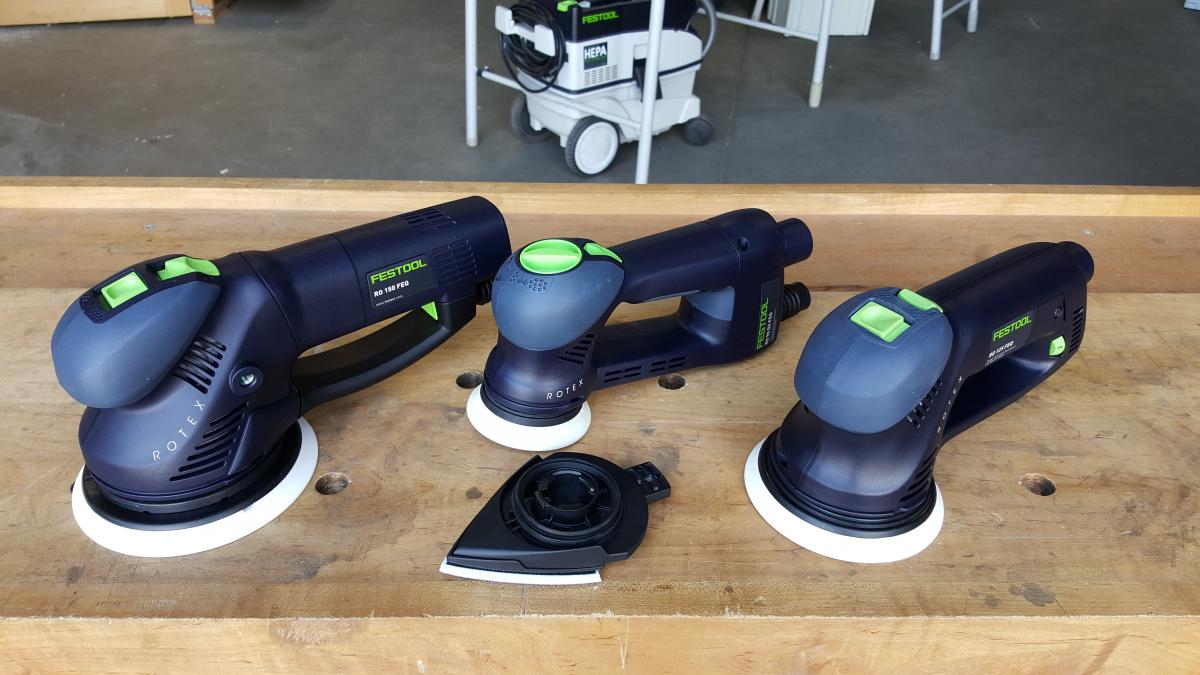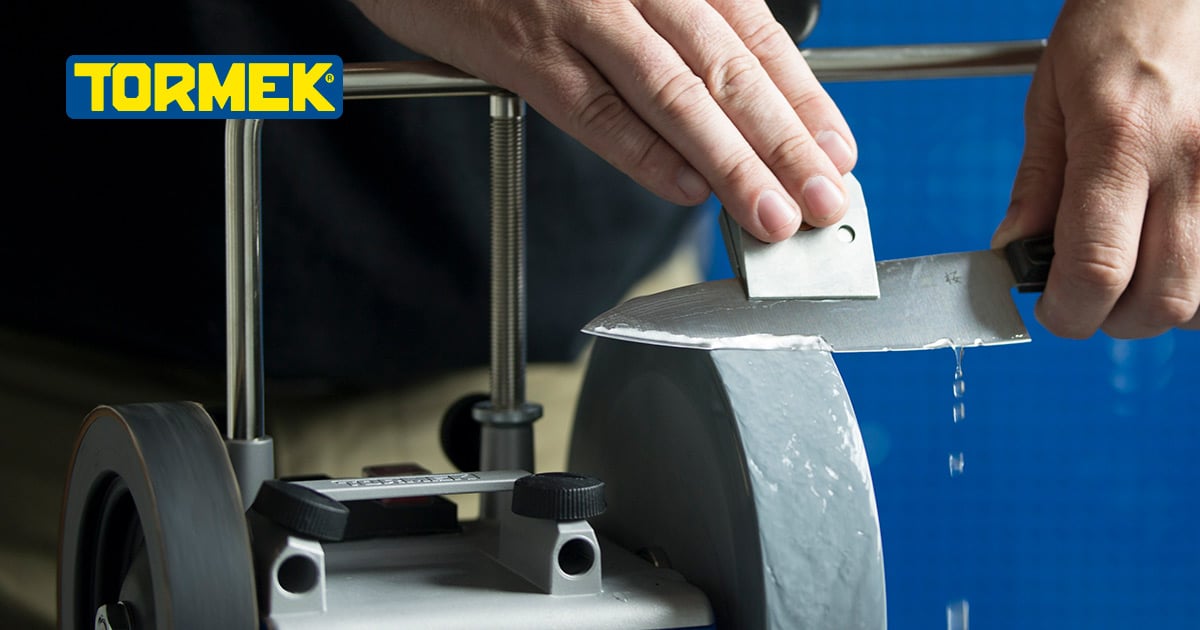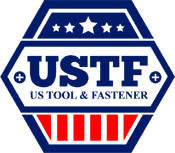The three sanders in the Rotex family are not your standard Festool sanders. For typical finish sanding jobs, a lighter tool like the Festool ETS 125 or 150 would be an excellent, high-quality machine. What sets the Festool Rotex sanders apart is their more aggressive stripping and removal capabilities and polishing.
Every Rotex sander has versatile settings for coarse sanding, fine sanding, and polishing. The extra heftiness of the Festool Rotex models makes them ideal for users who need that extra versatility beyond regular finish sanding. They come in three sizes, the Festool Rotex RO 90, 125, and 150, for increasingly heavy work and faster coverage.
These sizes also suit them best for specific kinds of work. Check out more differences in the comparison below.
How Do the 3 Festool Rotex Sanders Compare?
1. Festool RO 90 FEQ
The Festool Rotex 90 has a smaller head size than its larger counterparts. This robust Rotex 3-mode system makes it much more of a swiss army knife than a regular light sander—it handles run-of-the-mill fine sanding, aggressive surface removal, and polishing, all in one.
The smaller head is perfect for removing rust and polishing fine details, especially when using the triangular pad. The other Festool Rotex Sanders can’t get into corners, tight spots, and the inside of a shallow radius like this maneuverable piece. It’s a perfect complement to your toolbox for restoration projects, with the benefit of a powerful rotary mode for rapid paint and finishes removal or carving.
If you do most of your work on larger surfaces with big, workhorse sanders, the Festool Rotex 90 is a fantastic complementary option for tricky spots. And if you work on many small projects like boxes, window sills, trim, or furniture, it can’t be beaten.
2. Festool RO 125 FEQ
The mid-sized cousin of the group is the Festool Rotex 125. Artisans who work on anything and everything, from small furniture to hardwood floors, prefer the 125 as a highly universal sanding solution. It also helps that it’s tough as nails and will outlast regular sanders you reserve for a narrower range of work.
Pick up the Festool RO 125 FEQ if you want an even more aggressive sander with better coverage than the 90 but still want the ergonomics for curved or smaller surfaces. The Festool Rotex 125 fits nicely in hand. The rounded top knob provides a comfortable grip for sweeping motions you’d normally associate with the lighter-weight Festool ETS 125. Some folks even find that the mid-sized head makes large material removal easier than the larger 150 models because of the 125’s comfortable handling and lower heft.
3. Festool RO 150 FEQ
The Festool Rotex 150 is the classic, the original. The enduring popularity of the largest Rotex model comes from a mix of incredible power, fast coverage, and flexibility to adjust for super-fine finishes or mirror polishes as necessary.
Project Tip: Speaking of polishing, resin river coffee tables like the ones shown below have become a trending project with our customers lately. One of the trickiest parts of the project is getting a perfectly smooth, transparent finish on the epoxy resin after it cures. A smaller sander like the RO 90 can’t deliver the same clarity you’ll achieve with the broad, oversized head of the RO 150 model. We keep hearing from folks polishing epoxy river table projects that the 150 produces results you can’t get anywhere else.
Other heavy-duty rotary sanders are limited to coarse sanding work, which makes for a cumbersome tool kit when added to a few other sanders. With just one tool, the Festool Rotex 150 does it all. Combine it with durable GRANAT abrasives and save on the costs of replacement abrasives while you’re at it.
Out of the three Festool Rotex Sanders, the 150 is the easy pick if you’re refinishing large furniture units, sanding and polishing boat hulls, or stripping decks and hardwood floors. The head is 44% larger than the Festool Rotex 125, which speeds up larger projects.
Whichever of these three fantastic sanders you ultimately go for, we strongly recommend ordering and trying out the hard pad (like this one for the Festool Rotex 125) to keep sharp edges and then using the interface pad (like this one for the RO 90) for contours and sculpting of live edge slabs. The basic packages come with a semi-soft pad that follows minor irregularities well but can dub the edge of a flat piece. A hard pad is perfect and consistent when sanding flat surfaces or narrow edges.
Need to check out other accessory options, too? Browse our huge selection at US Tool & Fastener.
Shop Tools and Power Tools for All Woodworking Enthusiasts
Questions about ordering? Contact us for a demo and we’ll be happy to book you for a live demonstration at our store. You can check out our top tools, including Kreg AccuCut, Seneca tools, Shaper Origin, Sjobergs workbench, and the latest Festool releases. You can try out any of our Rotex sanders or the TS 55 FEQ Track Saw in person!
Make sure to also follow us on Instagram for the latest shop tools and tips on finding the best woodworking accessories.
Featured image source: Tools For Working Wood









